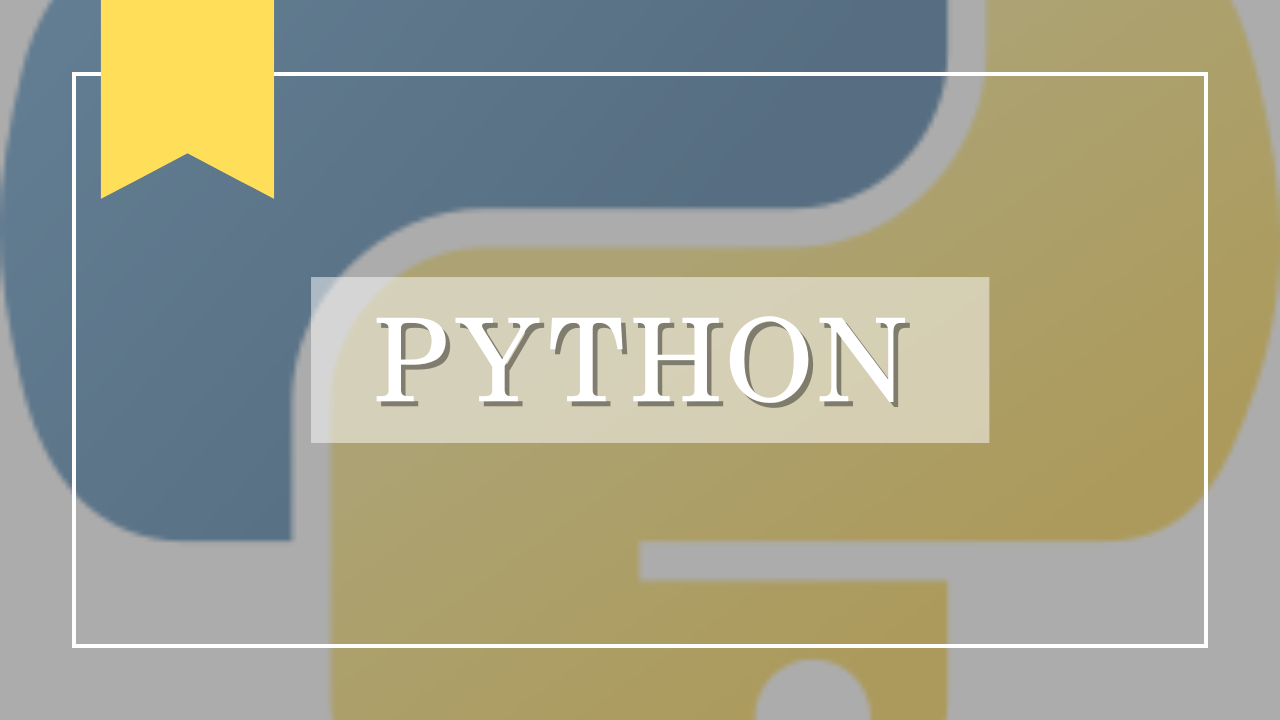Pythonの「str」とは、文字列を表すデータ型の一つです。文字列とは、文字の並びであり、例えば「hello, world!」や「1234」などが該当します。「str」はイミュータブル(不変)なデータ型であり、一度作成された文字列オブジェクトの内容を変更することはできません。また、「str」は、シングルクォーテーション(‘)、ダブルクォーテーション(“)、トリプルクォーテーション(”’ or “””)のどれかで文字列を定義することができます。文字列に対して、様々な操作を行うことができます。例えば、文字列の結合、分割、検索、置換、フォーマットなどがあります。本記事では、Pythonによる文字列が識別子かどうかを確認する方法を紹介します。
| “One” | “TWO” | “three” | “sample!?” | “sample\n” | “SAMPLE!?” | “SAMPLE\n” | “!?” | “\t\n” | “123” | “123” | “abc123” | “ABC123” | |
| stringIsLower | TRUE | TRUE | TRUE | TRUE | |||||||||
| stringIsUpper | TRUE | TRUE | TRUE | TRUE | |||||||||
| stringIsIdentifier | TRUE | TRUE | TRUE | TRUE | TRUE |
下記の様な内容で悩んでいる/困っている場合に使える方法を参考までにご共有させて頂きます。
・Pythonの場合、どうやって文字列の状態を確認するの?
・Pythonの文字列は、どの様に識別子かどうかを確認するのだろうか?
識別子かどうかの確認(自作関数)
関数の定義
def stringIsIdentifier(input_str: str) -> bool:
return input_str.isidentifier()使用例
SampleStringList = ["One","TWO","three","sample!?","sample\n","SAMPLE!?","SAMPLE\n","!?","\t\n","123","123","abc123","ABC123"]
TrueList, FalseList = [], []
for SampleString in SampleStringList:
if stringIsIdentifier(SampleString): TrueList.append(SampleString)
else: FalseList.append(SampleString)
print(f"True: {', '.join(map(repr, TrueList))}")
print(f"False: {', '.join(map(repr, FalseList))}")True: 'One', 'TWO', 'three', 'abc123', 'ABC123'
False: 'sample!?', 'sample\n', 'SAMPLE!?', 'SAMPLE\n', '!?', '\t\n', '123', '123'まとめ
Pythonの文字列はPython標準で使えるデータ型であり、Pythonでプログラムする上でよく使うものとなっております。この記事では、Pythonによる文字列が識別子かどうかを確認する方法を紹介しました。ぜひ活用してみてください。
関連検索ワード
How to check if a string is identifier?
関連キーワード
python, 入門, 初心者, 文字列, 識別子, 確認, string, identifier, check
